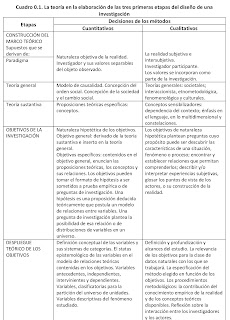MVRDV/ DSD (2007): Spacefighter. The evolutionary city (game:); Actar
20
Foreword
and acknowledgements
Intro: KM3 SpaceFighter is an attempt to explore and
model chains of interactive planning processes through a game. It is based on
the emerging ‘Evolutionary city’, that has been notated and conceptualized in
MVRDV’s KM3
Theory: DSD (…) a series of individual texts that
subsequently explore the basic ‘motor’ of SpaceFighter: the theoretical
connection with evolutionary theory (Brent Batstra), the mathematical aspects
from Game Theory (Arthur van Bilsen), the phenomenon of ‘emergente’ in urbanism
(Camilo Pinilla) and the possible applications in regional planning (Arjen van
Susteren).
(…)
Setup and application: Berlage Institute (…) The Warm-up Games were
constructed from observations on Darwinism and Game Theory. Then a platform of
interconnected games was designed, with a common language. The process led to
possible flow charts, illustrated by a game design, and a series of sequential
screen images. In this series, three imaginable applications were chosen:
Detroit, Rome, Dubai.
21
First Game: MIT In the first ‘real’ tests at a series of
workshops at the MIT, Department of Architecture (…) a multi-player game has
been developed, where there is an initial terrain where intelligent agents move
around and react to the players. The players use paint to project their
intentions of the future on the terrain: they occupy and feed plots. This paint
attracts and repels agents, often converting them into urban forms. If the
paint has ‘dried out’, the buildings decay, the agents disappear.
It is a
multi-player environment and there is substantial interference between the
players (competition and collaboration) just like in the real world. This
interference leads to emergent patterns of urban form.
22
SpaceFighter
The Evolutionary City Game
24
The evolutionary city: The Predecessor
(…) what is
new? New is by definition relative.
Or better
said everything has a predecessor.
KM3 noted
that at the beginning of the 21st Century, a new city was emerging:
‘The inevitable and total surrender towards a process-oriented approach
radically changes urban planning and its architectural products. It will lead
to another “city”: a city that can reformulate itself, a city that is conscious
of its gained knowledge.
It is a
city that can compare, analyze, optimize, adapt and create alternatives: The
Evolutionary City. In this city, where planning is based upon huge databanks
activated by software (selectors, evolutionary devices, zoomers, comparison
devices, communicators and visualizers) planning is no longer described through
books.

Comentarios
Publicar un comentario